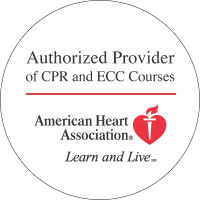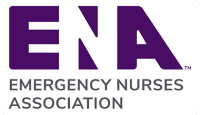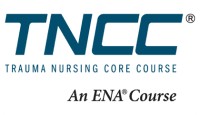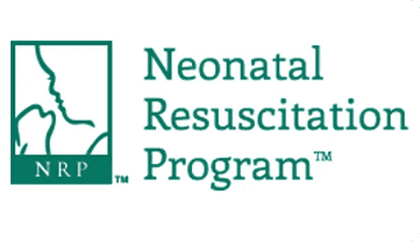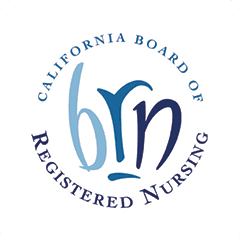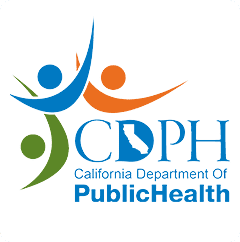If you are hoping to start a career in trauma care for the pediatric population, you may be required by your employer to take a PALS course. Even if this is not a requirement where you work, this course can give you the necessary knowledge and skills to excel in your job and to feel more confident and comfortable when working in the emergency department or in the pediatric intensive care unit.
PALS is the Pediatric Advanced Life Support class that is put out by the American Heart Association in conjunction with the American Academy of Pediatrics. The initial course takes two full days to complete, and you will receive your certification once you successfully pass the written test along with the hands-on mega code. Subsequent refresher classes, which are required to renew your certification, will not take this much time.
As you study your booklet, you will discover a variety of PALS algorithms that you will need to know not only to pass your written test and mega code but also to provide the highest quality of care to your patients. For example, you will memorize algorithms for such issues as choking, breathing problems, asystole, shock, bradycardia and tachycardia. With any algorithm, it is vital to first identify the underlying concern if at all possible. Being able to determine what is causing the patient’s symptoms will help you provide quick, accurate care.
In the case of trauma to the pediatric patient, you are most likely to see issues with an obstructed airway, bleeding, shock or bradycardia. You must be particularly observant of signs that your patient is bleeding internally because improper resuscitation attempts could lead to a preventable death. In addition, while the code team will be a major source of help during this period, the trauma team, including a pediatric surgeon, should be contacted as soon as possible.
PALS for trauma victims first calls for a primary survey, which will evaluate the ABCs of BLS. This requires you to check for a controlled airway supported by cervical spine immobilization, appropriate breathing support, such as with bag-mask ventilation or endotracheal intubation, and circulatory support, which may be affected by internal or external hemorrhage. In addition, the primary survey will look at D for disability, which refers to neurological functioning as measured by the Glasgow Coma Scale. Finally, an E for exposure requires providers to keep the child warm while also looking for hidden injuries that could affect the child’s health outcomes.
In the secondary assessment, you or another health care practitioner will complete a focused history and a focused examination of the patient to dig deeper into the cause of any medical issues. The focused examination will check on more minute details of the health status of the affected body system, such as the respiratory system. Once the patient is stabilized, you will also need to reassess him or her continually to check for even the smallest changes that could require stabilization.
These basic guidelines are appropriate for nearly all types of pediatric trauma. However, certain cases, such as near-drowning, electrical injuries and anaphylaxis, may require a different set of steps for effective treatment.
At Project Heartbeat, your PALS class will cover all this and more, allowing you to care for even your sickest pediatric patients skillfully.


